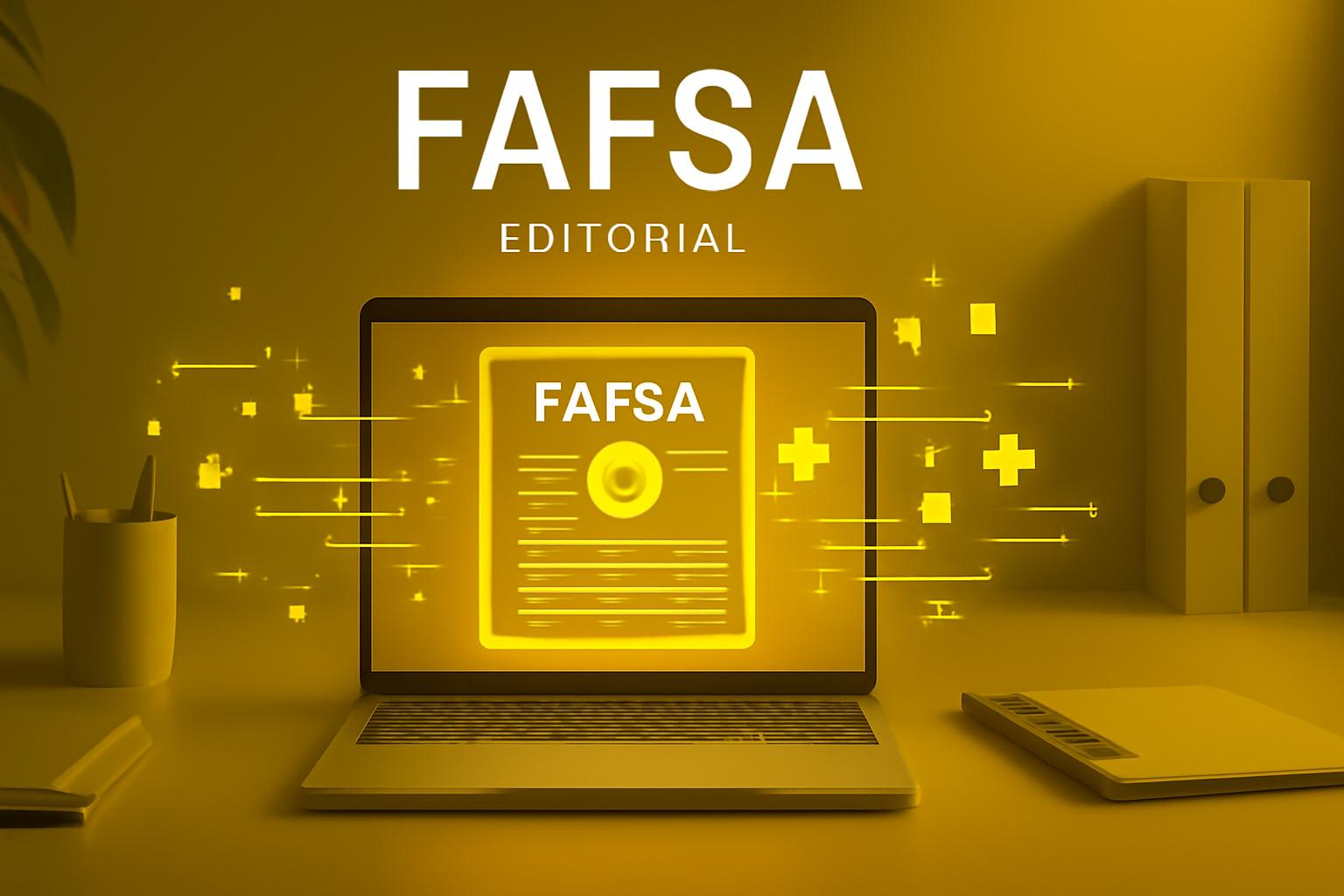FAFSA Returns to Regular October 1 Launch After Two Delayed Years
The U.S. Department of Education announced on August 27 that the Free Application for Federal Student Aid (FAFSA) will open on its traditional October 1 date for the 2026-27 academic year. This marks a return to normalcy after the previous two aid cycles experienced delayed FAFSA launches due to mandated improvements.
Early FAFSA Submission Available Through Beta Testing
Following a successful initial beta test in August, the Department has initiated a second phase allowing all students to access and submit the FAFSA beta form ahead of the official October 1 launch. According to Federal Student Aid, over 3,100 students had already submitted their applications by September 3. Importantly, those who file during this beta phase will not be required to resubmit their FAFSA when the full application opens.
However, students expecting to qualify for Pell Grants should consider waiting until the official launch. Megan Walter, senior policy analyst at the National Association of Student Aid Administrators, notes that recent legislative changes affecting Pell Grant eligibility are not yet integrated into the beta version. Early filers might face reprocessing of their FAFSA, potentially altering their Student Aid Index and grant eligibility.
Key Changes and Deadlines for the 2026-27 Aid Year
To complete the FAFSA, students and their contributors must create accounts on StudentAid.gov and provide financial details such as 2024 tax returns, child support records, and account balances. Notably, families are no longer required to report the value of small family-owned businesses, farms, or commercial fishing operations where they reside.
Students and families should be aware of significant changes to federal student loan policies effective July 1, 2026. Parent PLUS loans will face new borrowing caps, limiting parents to borrowing up to $20,000 per student annually, with a lifetime maximum of $65,000 per student. For undergraduate and graduate students, a lifetime federal loan limit of $257,500 will apply, excluding parent PLUS loans.
Schools may also impose lower loan limits for specific programs if graduates are deemed at higher risk of loan default. Additionally, loan limits will be prorated based on enrollment status, with part-time students eligible to borrow up to half the annual limit.
Implications for Graduate and Professional Students
Graduate and professional students should submit the FAFSA to determine aid eligibility amid new loan restrictions. Grad PLUS loans will be eliminated for new borrowers as of July 1, 2026, replaced by aggregate loan limits of $100,000 for graduate students and $200,000 for professional students. Borrowers with loans disbursed before this date retain previous borrowing privileges for up to three academic years or until program completion.
Why All Students Should File FAFSA
Despite ongoing changes and uncertainties in federal student aid, financial experts strongly encourage all prospective and current students to submit a FAFSA. Kate Wood, lending expert at NerdWallet, emphasizes that filing does not obligate applicants but helps determine available aid options, including grants that do not require repayment and federal loans that generally offer more favorable terms than private alternatives.
FinOracleAI — Market View
The timely reopening of FAFSA on October 1 signals restored procedural stability in federal student aid administration, which should reassure educational institutions and applicants. The availability of an early beta application reduces uncertainty and allows students to plan finances ahead of the academic year. However, new loan limits and changes to PLUS loans introduce potential risks for borrowing capacity, which could impact student loan demand and private lender market share.
Market participants should monitor uptake of early FAFSA submissions and the impact of loan caps on overall federal loan volumes. The integration of updated Pell Grant criteria post-beta launch may also generate application reprocessing, which warrants attention. Overall, the news is neutral to slightly positive by enhancing transparency and process predictability in student aid.
Impact: neutral













